Table of Contents
What is carbon fiber? Everything you need to know Submit Title What is carbon fiber? Everything you need to know Content
What is carbon fiber?
Carbon fiber, also known as carbon fibre, is a strong and lightweight material made from carbon atoms bonded together in a crystalline structure.
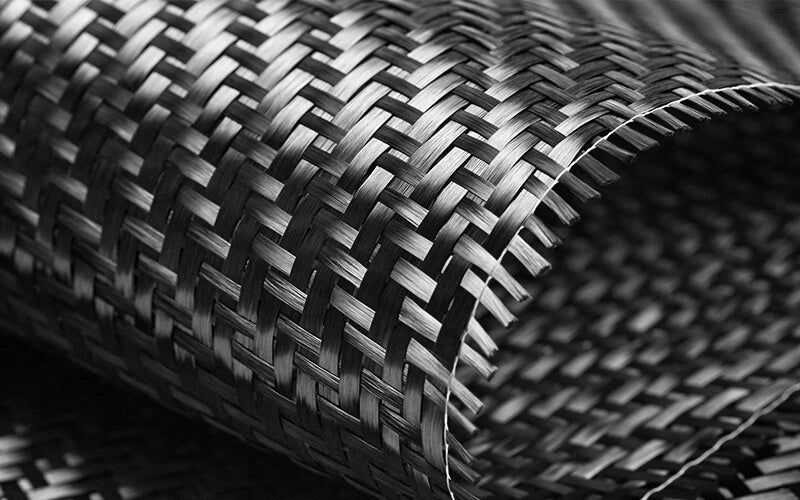
How is carbon fiber made?
Carbon fiber is made from organic polymers. These polymers consist of long strings of molecules held together by carbon atoms. About 90 percent of carbon fibers are made by using the polyacrylonitrile (PAN) process. The most commonly used precursor for carbon fiber production is polyacrylonitrile (PAN), although rayon and petroleum pitch can also be used.
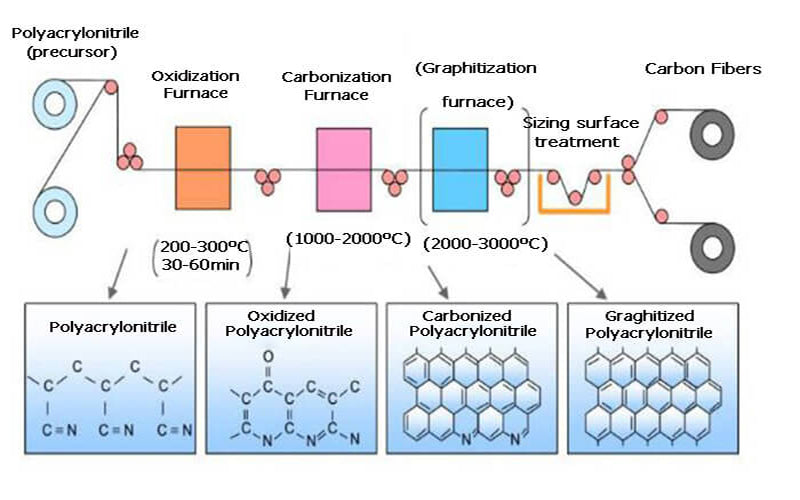
The first step is to produce a precursor material, typically polyacrylonitrile (PAN) or pitch.
The precursor is then heated to a specific temperature in an oxygen-free environment, a process known as carbonisation. This removes non-carbon elements and creates long carbon chains.
The carbonised material is then subjected to a high temperature treatment called graphitisation, which aligns the carbon chains and increases the strength and conductivity of the material.
Finally, the carbon fibers are coated with a protective layer, such as epoxy resin, to increase their durability.
What are the Pros & Cons of carbon fiber?
Pros of Carbon fiber
- High Strength-to-Weight Ratio: Carbon fiber is incredibly strong, yet lightweight. It is about five times stronger than steel, while being significantly lighter. This property makes it ideal for applications where weight reduction is critical, such as aerospace and automotive industries.
- Excellent Stiffness: Carbon fiber exhibits high stiffness, which means it can resist deformation under load. This property enhances the structural integrity of products, making them more reliable and durable.
- Corrosion Resistance: Carbon fiber is highly resistant to corrosion, unlike metals that can rust or degrade over time. This makes carbon fiber suitable for use in corrosive environments, such as marine applications.
- Thermal Conductivity: Carbon fiber has low thermal conductivity, which means it does not easily transfer heat. This property makes it useful in applications where thermal insulation is required, such as in the aerospace and defense sectors.
- Design Flexibility: Carbon fiber can be molded into complex shapes and structures, allowing for design flexibility and customization. This makes it highly versatile for various applications, including sports equipment, automotive components, and industrial machinery.
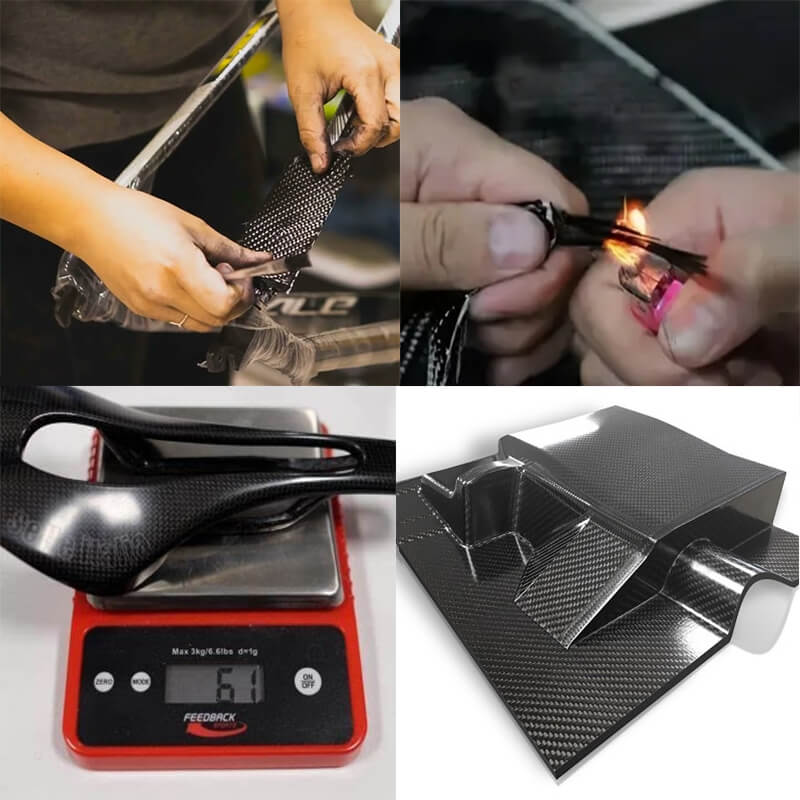
Cons of Carbon fiber
- Cost: Carbon fiber is relatively expensive compared to traditional materials like steel or aluminum. The production process is complex and time-consuming, requiring specialized equipment and expertise. This cost factor limits its widespread use in certain industries.
- Brittle Nature: Carbon fiber is brittle and prone to damage from impacts or excessive bending. While it is strong in tension, it may fail catastrophically if subjected to sudden and severe loads. Care must be taken to ensure proper design and handling to avoid structural failures.
- Manufacturing Complexity: The production of carbon fiber involves multiple steps and requires advanced manufacturing techniques. The process is energy-intensive and involves high temperatures. This complexity can be a barrier to entry for some manufacturers.
- Recycling Challenges: Carbon fiber recycling is still a developing field. The process of recycling carbon fiber composites is complex and expensive. As a result, the disposal and recycling of carbon fiber products can be challenging and have environmental implications.
what is carbon fiber used for?
Aerospace
Carbon fiber is extensively used in the aerospace industry for aircraft structures, including wings, fuselages, and interior components. Its lightweight nature helps reduce fuel consumption and increase performance.

Automotive
Carbon fiber is used in high-performance cars and racing vehicles to reduce weight and improve speed and handling. It is used in parts like car steering wheel, chassis components, and interior trims.

Sports and Recreation
Carbon fiber is popular in sports equipment like tennis rackets, golf clubs, bicycles, and fishing rods. It provides strength, stiffness, and durability while keeping the equipment lightweight.
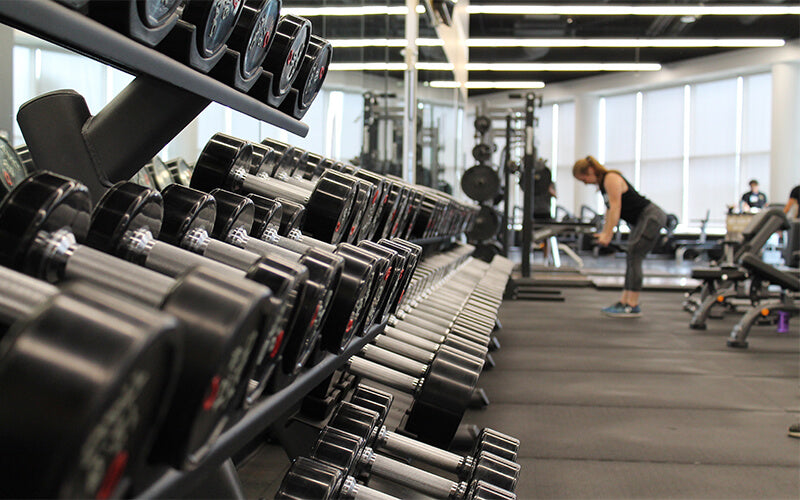
Marine
Carbon fiber is used in boat building and yacht construction. It offers high strength and corrosion resistance, making it suitable for hulls, masts, and other structural components.

Construction
Carbon fiber-reinforced polymers (CFRP) are used in the construction industry for strengthening and repairing structures like bridges, columns, and beams. It offers high strength and rigidity.
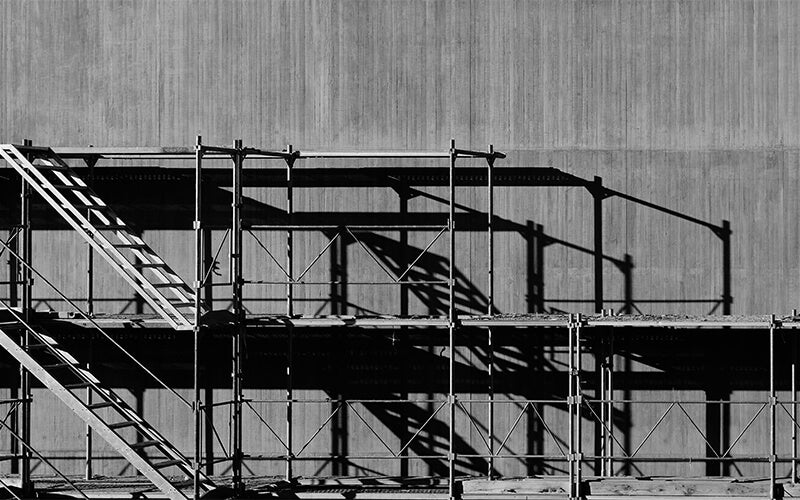
Medical
Carbon fiber is used in medical devices, prosthetics, and orthopedic implants. It provides strength, biocompatibility, and radiolucency, allowing for better imaging during medical procedures.

Electronics
Carbon fiber is used in electronic devices to provide electromagnetic shielding and dissipate heat. It is used in components like laptop cases, mobile phone covers, and computer cooling systems.

Learn more
Why is carbon fiber so expensive?
Expensive Raw Materials
The primary factor contributing to the high price of carbon fiber is the cost of its raw materials. Carbon fibers are derived from a precursor material, usually polyacrylonitrile (PAN) or petroleum pitch.
These precursors undergo complex chemical processes involving stabilization, carbonization, and graphitization to convert them into carbon fibers. The cost of these precursor materials and the intricate manufacturing processes involved significantly impact the final price of carbon fiber.
What are the products of carbon fiber?
Aerospace
Carbon fiber is widely evaluated for aircraft manufacturing, including fuselage, wing, tail and other components.

Defence military field
Carbon fiber is also widely used in military equipment, such as the manufacture of missiles, tanks and warships.

Sporting goods
Carbon fiber is used in the manufacture of high-end sporting goods, such as golf clubs, tennis rackets, bicycles and so on.
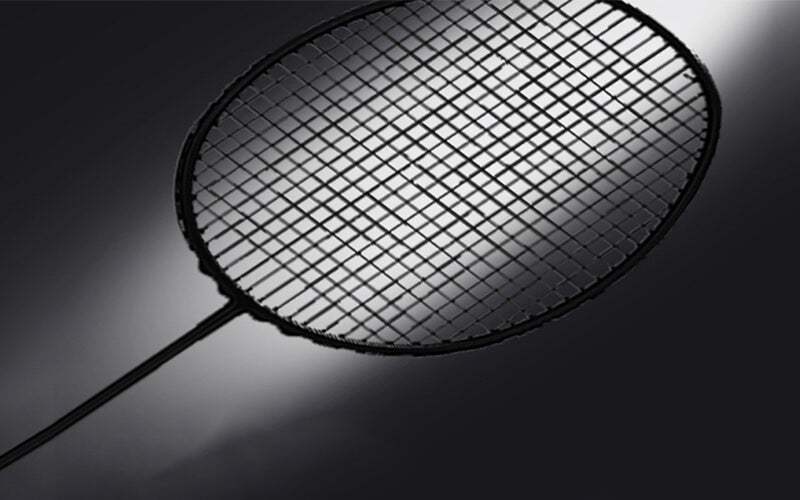
Musical Instruments
Carbon fiber materials are used to make high quality musical instruments such as guitars and cellos.

Everyday products
Carbon fiber enhances the strength and hardness of plastic materials and is used to make a variety of products for everyday use.
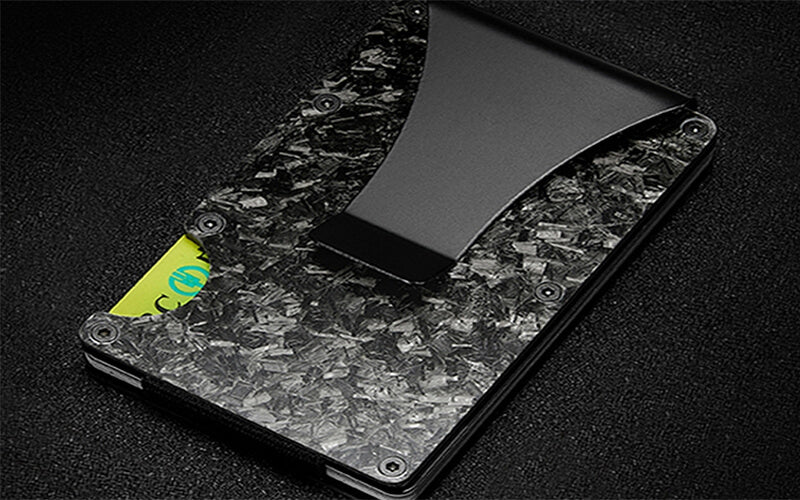
Precautions in the manufacture of carbon fiber
Safety equipment
Workers involved in the production of carbon fiber should wear appropriate personal protective equipment (PPE), including gloves, safety glasses, and respirators. This helps to protect them from potential exposure to harmful chemicals and fibers.

Ventilation
Proper ventilation systems should be in place to prevent the accumulation of hazardous fumes and airborne particles. This helps to maintain a safe working environment and reduce the risk of respiratory problems.
Chemical handling
Carbon fiber manufacturing involves the use of various chemicals, such as solvents and resins. It is crucial to handle these chemicals with care, following established safety protocols and guidelines. This includes proper storage, labeling, and handling procedures to minimize the risk of accidents or chemical exposure.
Dust control
Carbon fiber production generates fine dust particles, which can be hazardous if inhaled. Implementing dust control measures, such as dust extraction systems, helps to minimize the risk and maintain a clean working environment.
Fire safety
Carbon fiber is highly flammable, so it is important to have appropriate fire safety measures in place. This includes having fire extinguishers readily available, maintaining clear fire exits, and conducting regular fire safety drills.
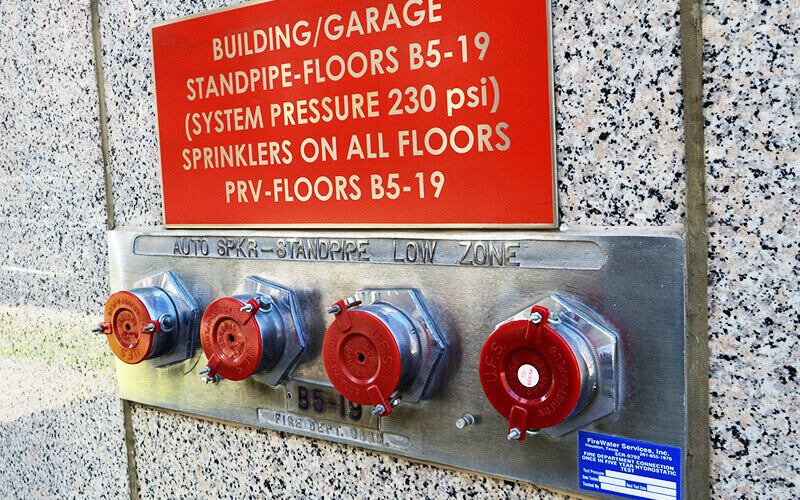
Frequently asked questions (FAQ)about carbon fiber
Is carbon fiber stronger than steel?
Yes, carbon fiber is stronger than steel in terms of tensile strength.Carbon fiber is recognized as a premium material because of its superior strength and durability compared to steel.
Is carbon fiber recyclable?
Yes, carbon fiber is recyclable, but the process is more complex compared to traditional materials like aluminum or steel. Carbon fiber recycling involves breaking down the composite material and separating the carbon fibers from the resin matrix.
This can be done through various methods such as pyrolysis or solvolysis.This process involves heating the carbon fiber composite at high temperatures in the absence of oxygen, causing it to break down into its constituent materials.
Pyrolysis has shown great potential in recovering both the carbon fiber and the resin matrix, making it an environmentally friendly recycling method.

